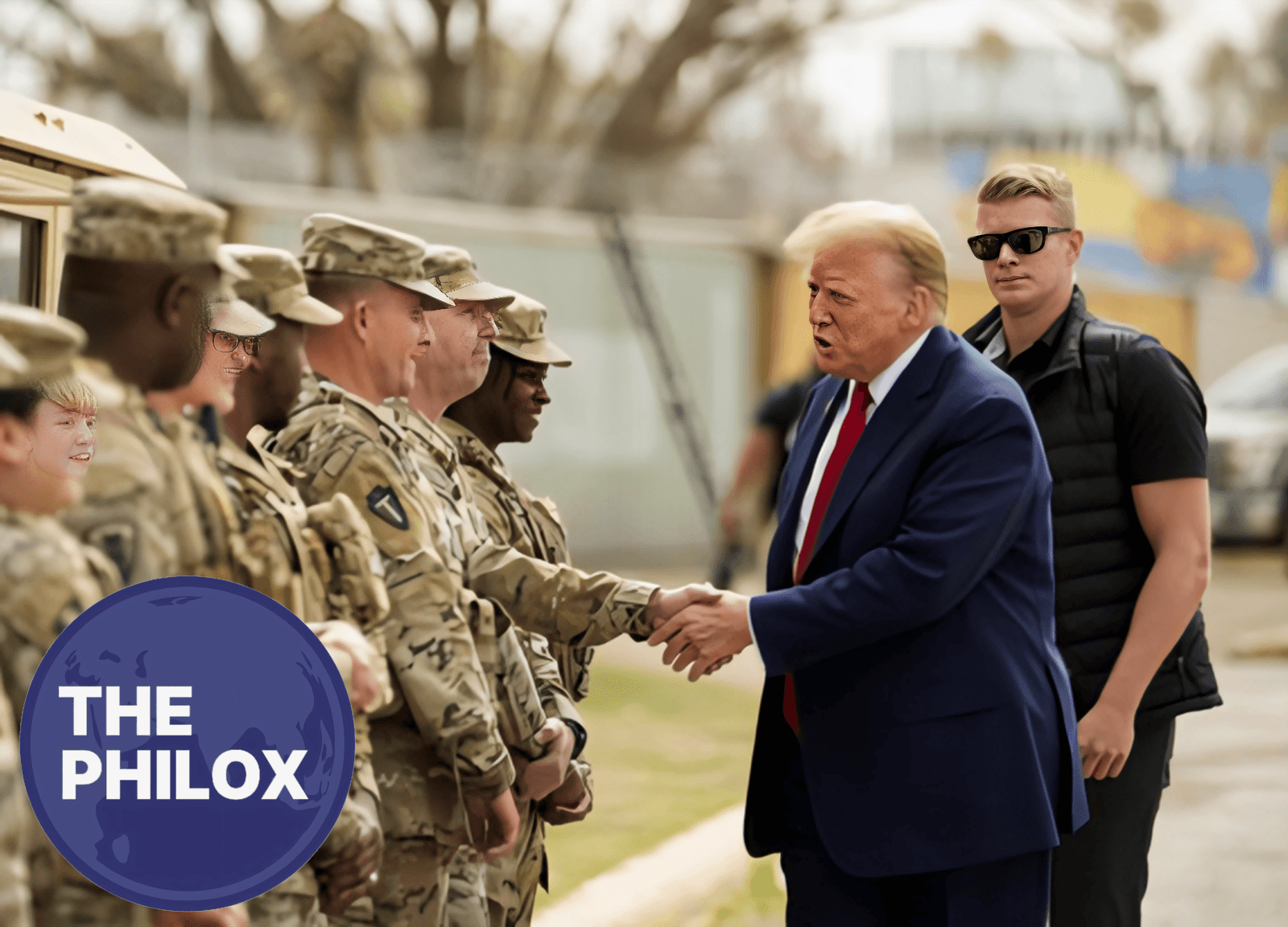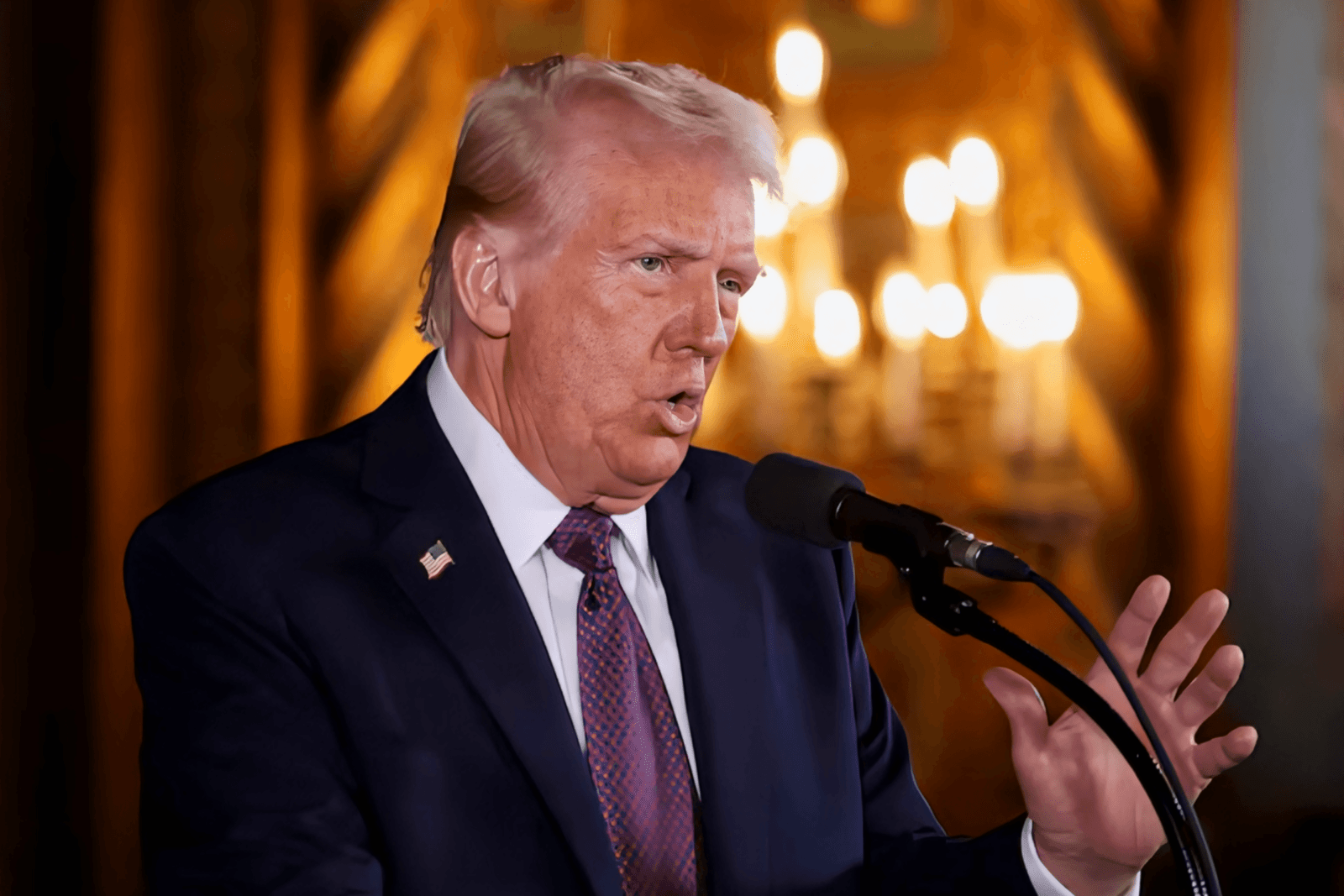Former President Donald Trump’s political goal now mostly consists of military strength and national security.
He has underlined the significance of keeping U.S. military supremacy, particularly against China, as he gets ready for a possible comeback to the White House.
The main feature of this approach is his attempt to revive ideas for the sixth-generation fighter plane.
Expected to be the most potent and technologically sophisticated fighter in history is this revolutionary aircraft. Trump thinks that guaranteeing that the US keeps ahead of China in military technology depends on revitalizing these initiatives.
Emphasizing Air Superiority
Military capability has been mostly determined for decades by air superiority. While China is fast building its own fighter jets, the United States leads the globe in air combat technology.
Fifth-generation jets like the F-22 Raptor and F-35 Lightning II now form the backbone of the American military.
Though China has been making major advancement with its J-20 and J-31 stealth fighters, these aircraft remain among the best in the world. This has caused worries about the U.S. losing its air supremacy in next years.
A sixth-generation fighter would bring fresh degrees of air combat capability. Advanced artificial intelligence, hypersonic weapons, and possibly autonomous drone control are among the expected traits of these jets.
Under the Next Generation Air Dominance (NGAD) program, the U.S. military had already begun developing these fighter planes. Still, there have been limited development and questions around priorities and money.
Trump’s attempt to revive the designs seeks to hasten the creation of this aircraft and ensure it is ready before China can manufacture a jet of a like kind.
Trump’s worries on China
Trump has cautioned often on China’s growing worldwide military might. He adopted a strong posture on China throughout his presidency, raising military expenditure and fortifying relationships in the Indo-Pacific area.
He has contended that China poses a significant military threat to American interests in addition to a huge economic rival.
With an eye on creating new technology as stealth fighters, aircraft carriers, and hypersonic missiles, China has been lavishly funding its military.
Particularly in the South China Sea and Taiwan, the Chinese leadership has made it plain that it wishes to challenge American hegemony in Asia.
Trump thinks that if the US does not move fast, China may overtake America in air combat technologies, therefore complicating defense of American interests and friends in the area.
Trump wants to convey to China, by resurrecting the sixth-generation fighter programs, that the United States will not let itself be outmatched.
This is his means of preventing Chinese aggression and preserving a technological edge over Beijing’s armed forces.
The function of the sixth-generation fighter
It is expected of the sixth-generation fighter a breakthrough aircraft. Unlike past fighters who concentrated mostly on stealth and maneuverability, these new jets will include superior networking and artificial intelligence.
They will be able to share data in real-time, operate alongside drones, and employ strong sensors to identify enemy targets from considerable distances.
Among the main benefits of these new aircraft are their capacity to operate in very disputed areas.
Electronic warfare and cyber capabilities become ever more important components of modern conflict.
The next-generation fighter will be made to counter these dangers, therefore making it more difficult for adversaries to deactivate important systems or jam communications.
The sixth-generation fighter’s potential to carry hypersonic weaponry is another key characteristic.
These missiles are practically hard to intercept since their speed exceeds five times that of sound.
China and Russia have been building hypersonic weapons; Trump thinks the United States has to keep ahead in this field if it is to keep its military edge.
Obstacles in Bringing the Project Back to Life
Trump’s efforts nevertheless will not be easy to revive the sixth-generation fighter effort. The U.S. government has several conflicting agendas and developing a new aircraft is quite costly.
The Next Generation Air Dominance initiative’s projected cost runs in the hundreds of billions of dollars.
Some military leaders have voiced questions regarding whether the United States can finance such a costly undertaking while simultaneously keeping other important defense initiatives under running order.
One also has to consider time. New fighter jet development can take decades. Years could pass before the first operational aircraft are ready for battle, even if the program is resumed at full pace.
This begs questions about whether the United States can keep its air superiority throughout the near future.
Political opposition is another difficulty. The way Trump approaches military expenditure is not shared by every member of the American government.
Some legislators feel that rather than costly new fighter jets, the nation should concentrate more on cyberwarfare and artificial intelligence.
Others contend that rather than aiming to outspend its rivals in military development, the U.S. should cooperate more closely with partners to counteract China.
The Direction of American Air Power
The argument over the sixth-generation fighter fits within a greater conversation over the direction of American air force.
The fast changing global scene is accompanied by new dangers posing challenges to conventional military approaches.
Although fighter planes have been a mainstay of U.S. military supremacy for decades, some analysts think that future conflicts will be conducted with other kinds of technologies including drones, space-based weapons, and artificial intelligence-driven combat.
Trump and his allies contend, however, that fighter planes will remain absolutely vital for national security.
To keep America’s military advantage, they think one must invest in next-generation aircraft.
Should Trump be re-elected, he is probably going to advocate more financing and a quicker schedule for the emergence of the sixth-generation fighter.
In essence
Part of Trump’s larger approach to guarantee American military supremacy over China is his attempt to revive sixth-generation aircraft designs.
To defend its interests and discourage possible enemies, he thinks the United States has to keep ahead in air combat technologies.
Trump regards the project as an essential step to keep U.S. supremacy in the heavens, even if there are great obstacles to revive it like exorbitant expenses and political resistance.
Though the direction of combat is unknown, air superiority has always been essential for military victory.
Staying ahead of China is a primary concern whether the U.S. government chooses to fully commit to the sixth-generation fighter program or investigate other approaches.
Should Trump’s vision come to pass, the next-generation fighter jet might become rather important in determining the direction of world military capability.



